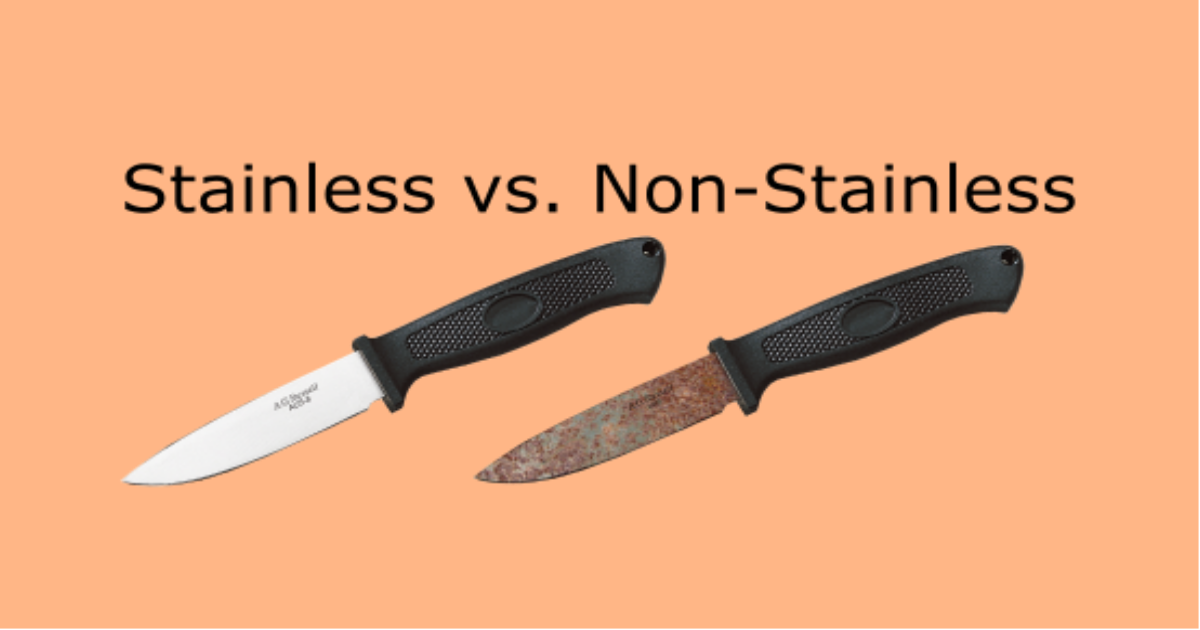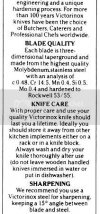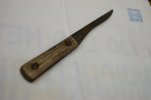1095 will generally be tougher than 440C. Carbon content doesn't directly affect toughness, it is more to do with carbide content(and type) and how the carbides are distributed in the micro structure. The heat treatment also has a lot to do with how the micro structure ends up, as well as whether the steel is a PM or regular ingot steel.I’m trying my best to ask this honestly, because I truly have nothing against plain carbon steel. The only source I can find that directly compares the toughness of 1095 and 440C is here, and it ranks them exactly the same…3/5.

Best Knife Steel Comparison – Detailed Charts and Suggestions
In an era where you have a thousand and one different knife steels to choose from, you can’t afford to be a steel snob.www.cherokeeobserver.org
I know this isn’t knifenerds, but it makes intuitive sense to me since they contain the same amount of carbon. Though I know the stainless elements probably cause the 440C edge to chip more. (I have also heard “toughness” is hard to define.)
I admit to not knowing but remain curious about the data (and the experience of people using HC is of course a data point…it’s clear people really like it).
In looking around, this seemed diplomatic…
"There are a lot of fabulous, stainless steels out there that will perform better than a non-stainless steel. It will all depend on the grade of steel and what you are trying to do with it.
That doesn’t mean non-stainless steel is useless. There are still plenty of times when it is the best steel for the job. It’s often a little cheaper to produce, it is generally very tough, and often easier to dress up and sharpen the blade edge. I find this true of tools that are supposed to be cheap and abused - like machetes or bushcraft knives. However, in my opinion, stainless steel is better overall when it comes to pocket knives. It performs as well or better, and requires less maintenance."

Stainless Steel Vs. Non-stainless Steel
This article gives a brief history of carbon steel, non-stainless steel, and stainless steel. It then compares the advantages and disadvantages of stainless vs non-stainless steel. Learn more here!agrussell.com
My sense continues to be that if I generally rule out price and handcrafting, I can find a steel that is tough enough, reasonably sharpenable and also stainless at the same time. But it does make me curious what a machete made of Magnacut would be like.
Thanks for the opportunity to continue to learn.
1095 is fine for a lot of the knives that use it. The "hard use" knives in 1095 are generally heat treated to be a bit lower on the hardness side which gives it better toughness, and they generally have a fairly robust geometry which helps with strength. It's by no means a super tough steel relatively speaking, though it's better than a lot of steels out there.
This is an over-simplification and not always true, but generally plain carbon steels will be tougher than stainless steels because of the chromium in stainless. Chromium(especially in ingot steels) with carbon will readily form large carbides that reduce toughness, but that isn't always the case. For example AEB-L has a mixture of alloying elements that are basically in the sweet spot of having enough chromium to be quite stainless, but not enough carbon to start forming large clumps of carbides to affect toughness too much. It is generally much tougher than 1095 at normal hardness levels and would perform very well as a chopper for example.
Last edited:


